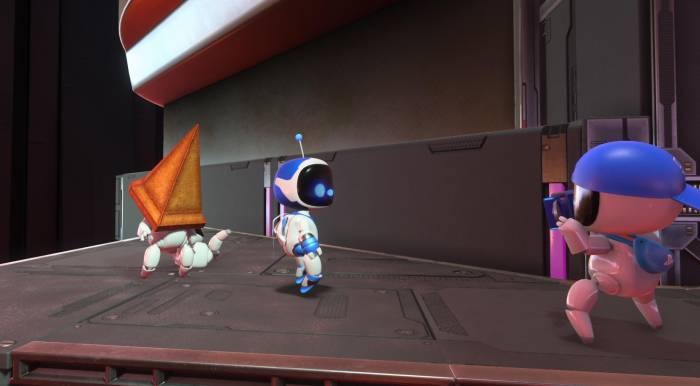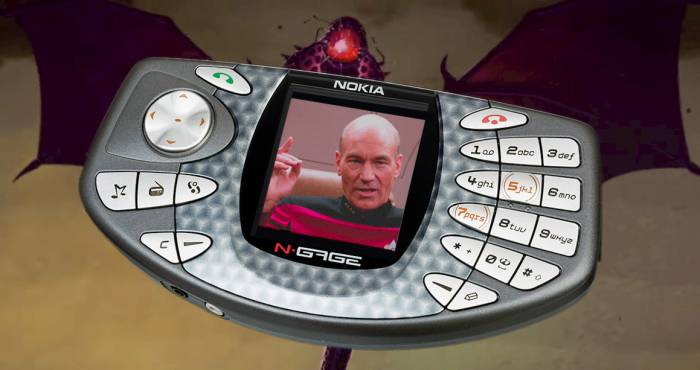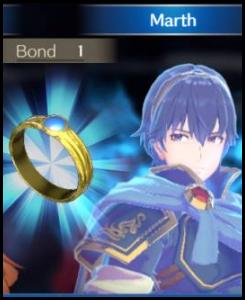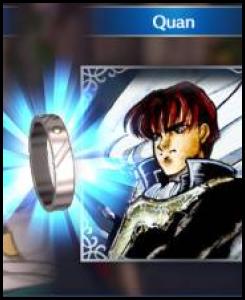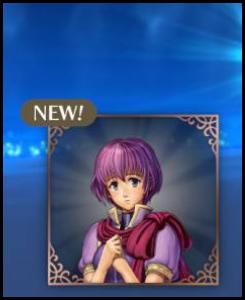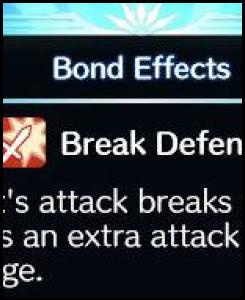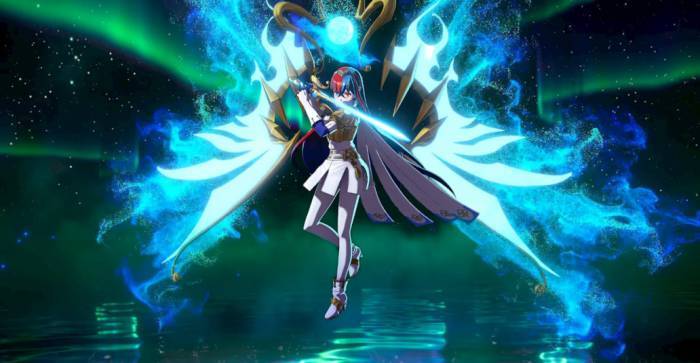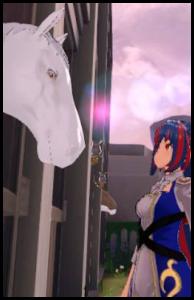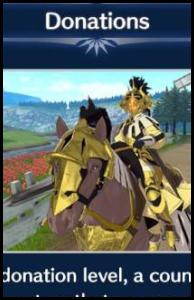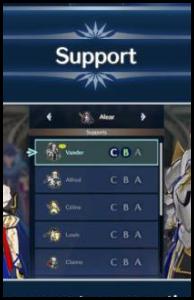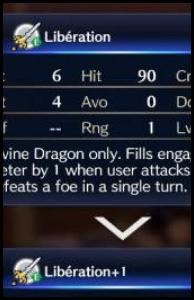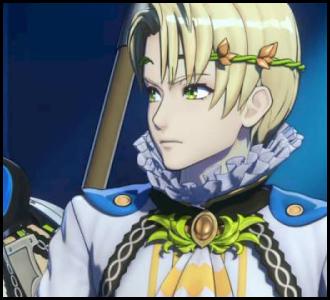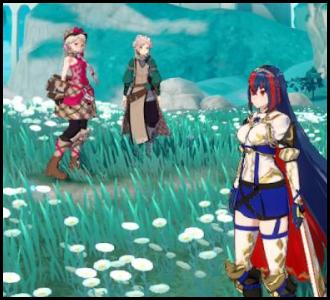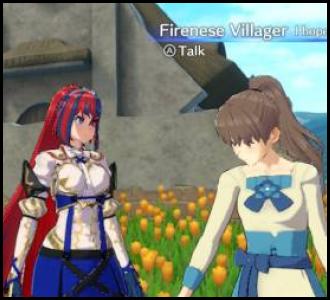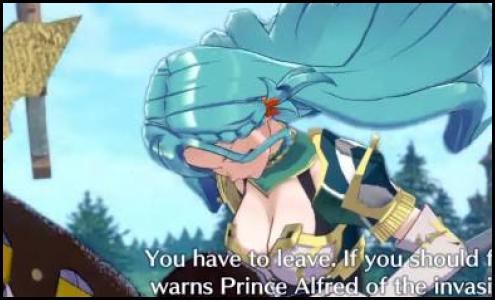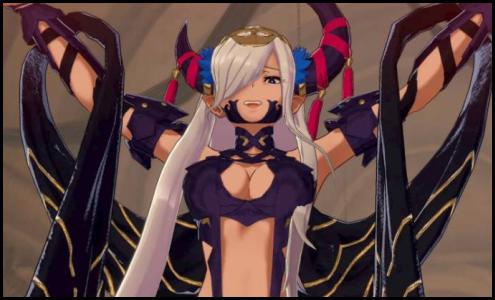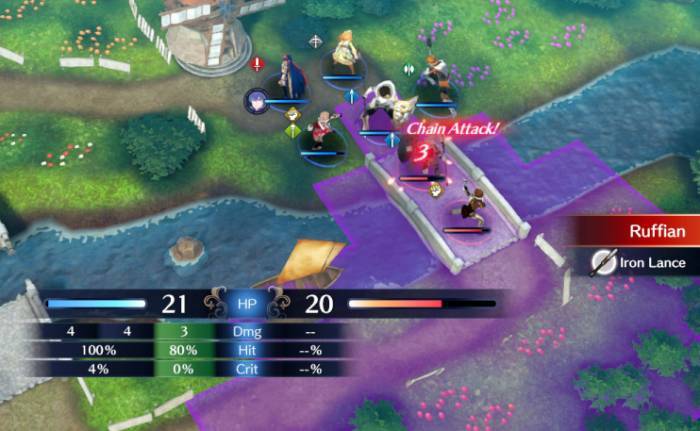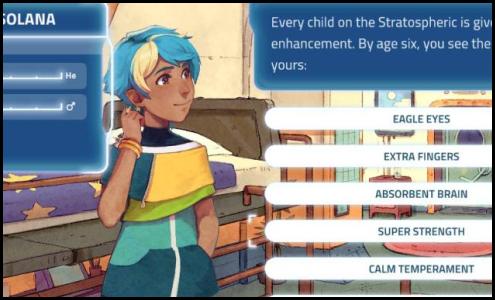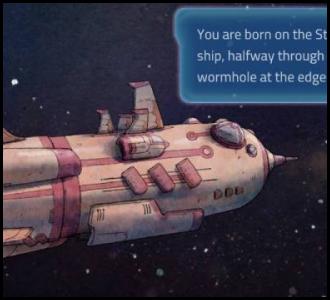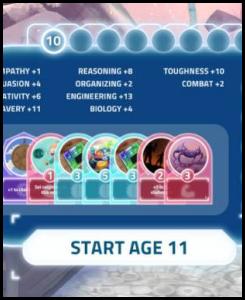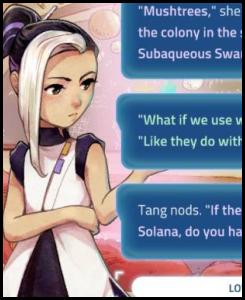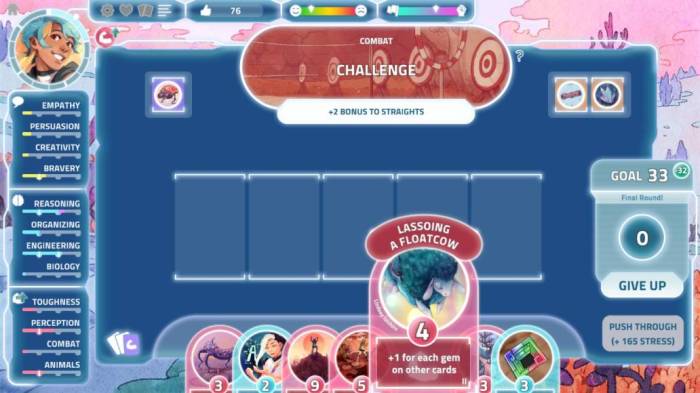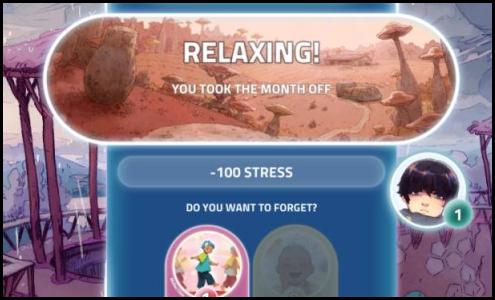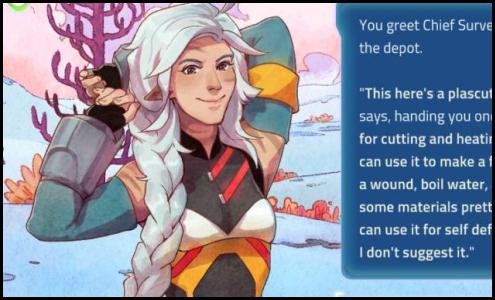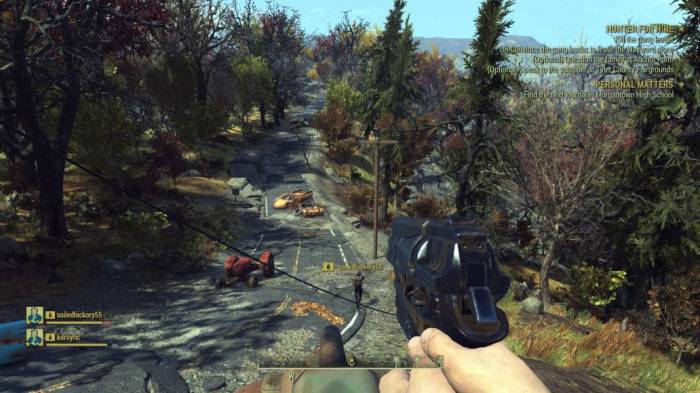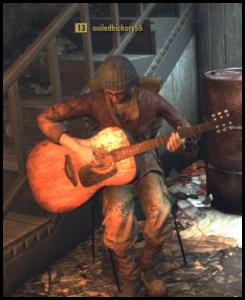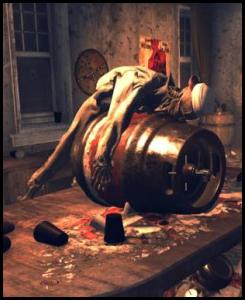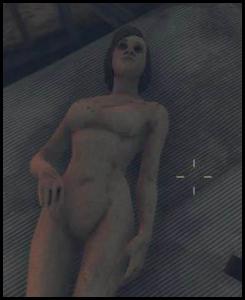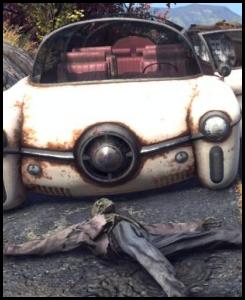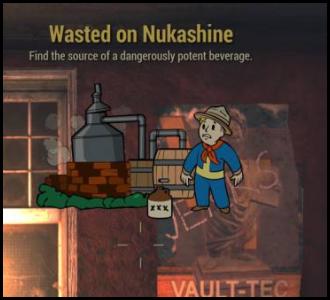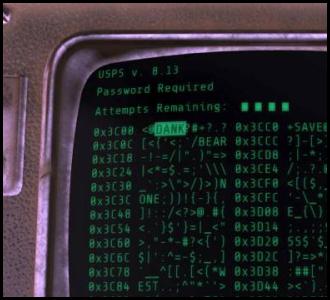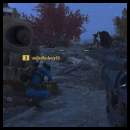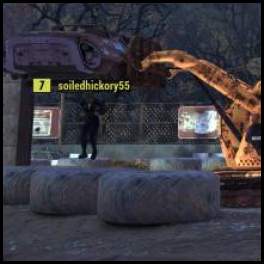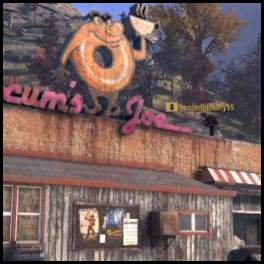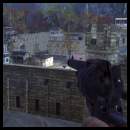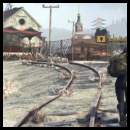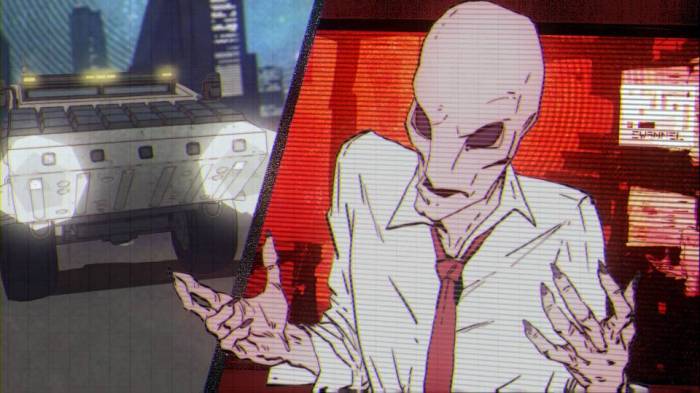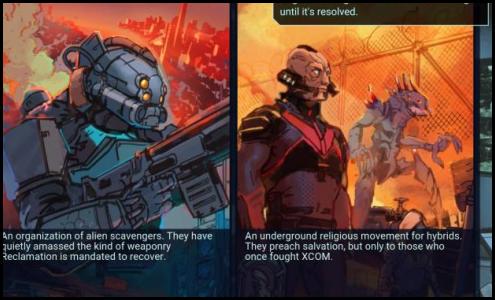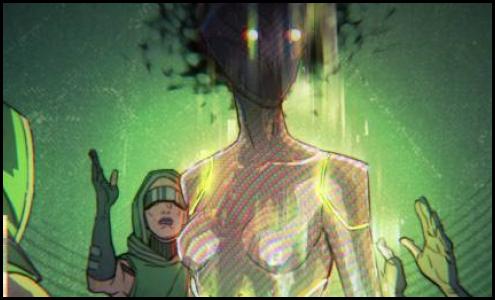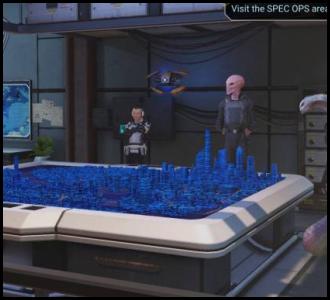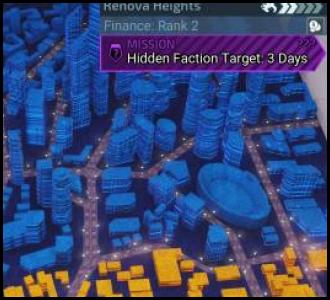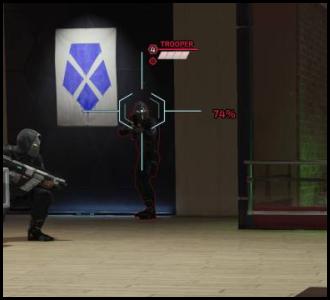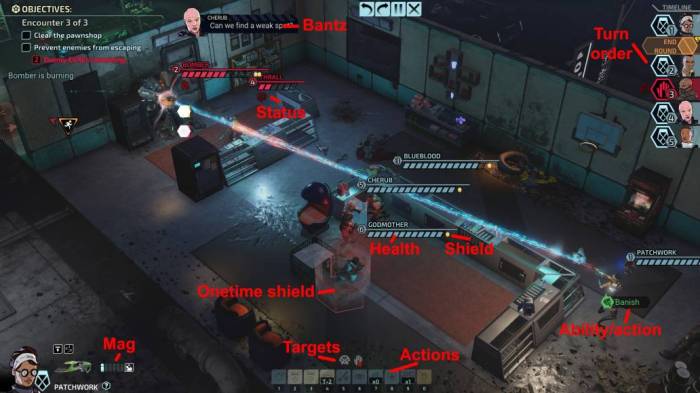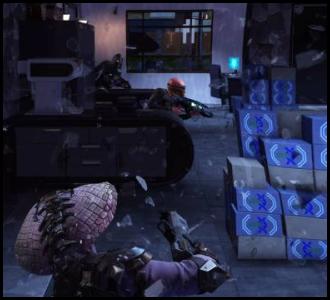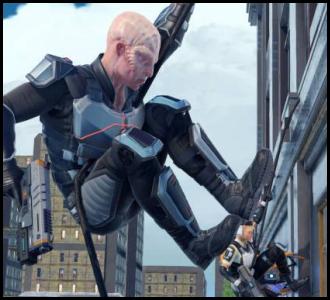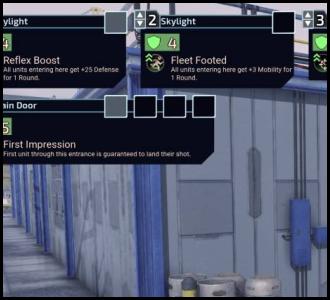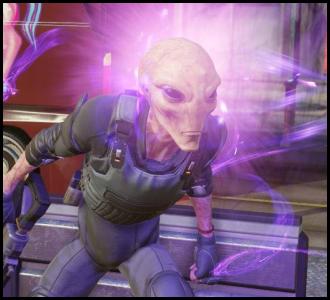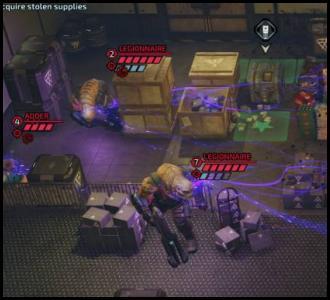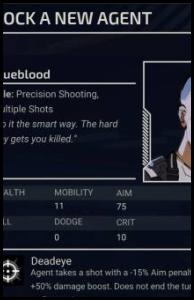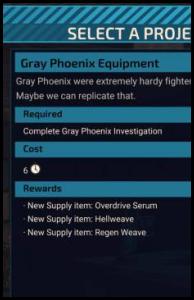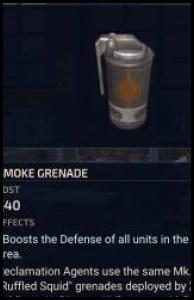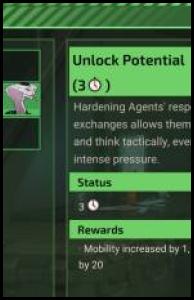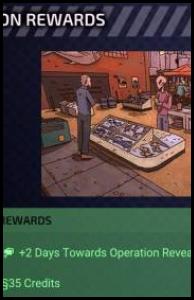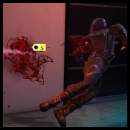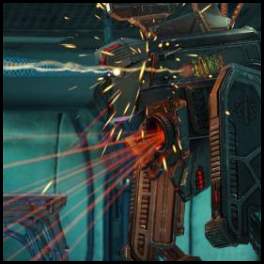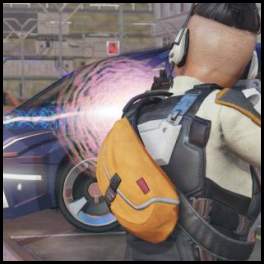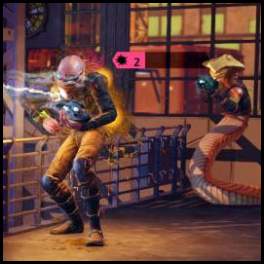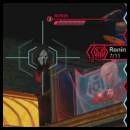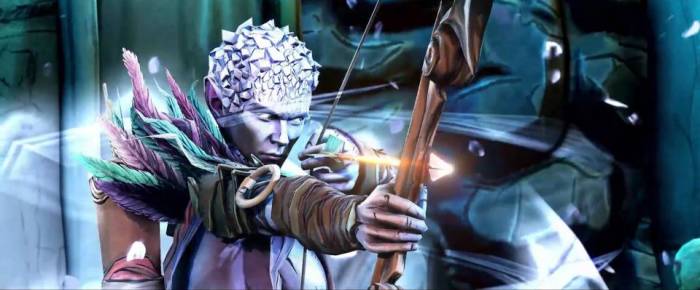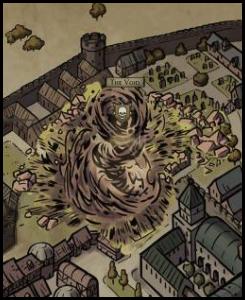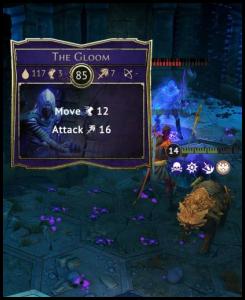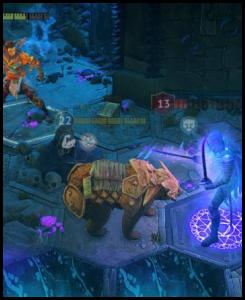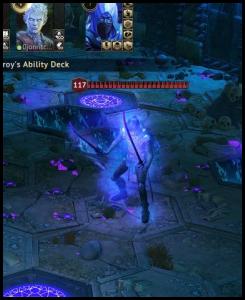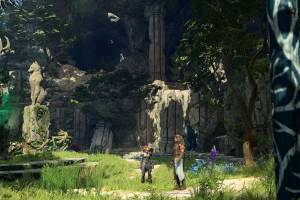Video games:
- Fire Emblem Engage: tactical swords and dragons
- I Was A Teenage Exocolonist: Firewatch meets poker
- Fallout 76: MMOish survival in the postapocalypse
- XCOM: Chimera Squad: a tactical shooter
- Astro's Playground: Sony's Mario 64
- Gloomhaven: defeating the Gloom
Fire Emblem Engage
The lastest Fire Emblem installment hit shelves earlier this year.
Engage's main gameplay mechanic is
the ability to summon the spirit of a hero from past FE games. They emblem characters aren't allied units though, they give the player temporary stat buffs and special abilities. So it's basically an
ult that's also a callback to an earlier FE story.
Having played most of the franchise, it's neat to see other protagonists make a reappearance, if only it didn't herald
the MOBAfication of a tactics franchise. "But ults
are tactical!" False.
And don't get me wrong, I like MOBAs, I just want them to stay in their lane.
Your character summons the heroes of other timelines with a corresponding 'emblem ring' which, I guess, only fits one finger (so one emblem buddy per combat). Luckily, other members of the squad can don emblem rings to gain the corresponding special attack.
Emblem rings summon heroes from past games, but their allies are not forgotten.
You can equip 'bond rings' to give less-awesome traits linked to squadmates from other FE installments. That's actually quite good from a nostalgia perspective since, for a variety of reasons, the main characters were often far less interesting than his/her allies. On the minus side, the bond ring character art is sometimes laughably bad.
On the subject of shallow protagonists, in Engage the player character is the "chosen one/superhuman/dragon" who conveniently has amnesia from a centurieslong nap. How compelling.
Bland and tropey are okay, but they tends to infect a lot of dialogue and plot progression.
Like most of the recent FE games,
your character has a home base to do a variety of activities between battles. These include:
- Working out (to get temporary stat boosts).
- Raising animals.
- Donating to the allied nations to unlock... stuff.
- Increasing support levels with your party.
- Upgrading weapons.
- Buying weapons, armor, and consumables.
- Managing rings.
- Collecting rocks and oranges and stuff.
- Doing combat training.
Suffice it to say,
the mindless clicking has gotten a little overwhelming. In fairness, a lot of it is probably not required to beat the game, but years of playing FE games on super hard mode makes it feel perilous to not grind out every item or upgrade. It's a shame they ditched the tower defense-lite aspect of Fates,
Fire Emblem + Rampart would be way more fun than pressing X to do pushups.
The inter-battle chore time is preceded by post-battle open roaming where you can exchange generic words with villagers who might give you an orange or a carrot. Alas, this dialogue ("thank you for saving our village") is only barely shallower than the
vapid plot development and support conversations with allies and enemies.
Speaking of characters, the female character models in this one are different. I can't quite put my finger on it...
What the hell, Intelligent Systems? You're better than this. The previous games had a busty character or two, but in this one every adult female character model looks like a transplant from Heavy Metal.
Combat, thankfully, is an iteration on the polished FE formula. There have been a few notable changes that aren't unprecedented, e.g. weapons no longer have durability. The main change to combat in FE Engage is the aforementioned emblem ring power. So while it's nice to have equippable unique actions, I'm hoping the series doesn't go too far down this path.
I'm not very far in the game so it's too early to make any firm judgments. But there are definitely annoyances and reasons to find this FE installment less compelling.
I Was A Teenage Exocolonist
The post on
/r/gamingsuggestions that led me to
Shadowverse also recommended
a (not really a) deckbuilder called I Was A Teenage Excolonist.
The first few minutes of the game has trigger warnings (oh no, "bodily harm and grossness") and character creation that ticks a lot of social justice boxes. I'm not trying to be critical of this (
recall I very much enjoyed laughing at the people screeching about
TLOU2's diversity), but
I was initially worried that the game would be bland so as not to offend anyone. After all, an exocolony isn't going to be a safe space in any definition of the term.
Ultimately though,
if the card game is good, dialogue is easy to skip -
Shadowverse's meta game isn't exactly compelling.
IWATE gameplay amounts to this:
- Leveling your character by choosing attributes to improve.
- Wandering a small settlement.
- Having conversations.
- Advancing the plot.
It's a pretty tight gaming experience - there isn't a ton of strategy and there aren't too many options at any given point. On the sprawl scale of
Firewatch (novella with a joystick) to
Skyrim (ginormous), IWATE lands at at about
TLOU:
it's pretty on-rails with a lot of story.
IWATE is heavy on plot and character development. Your character grows from a kid to (presumably, still working through it) a teenager and
has all the friendship-leveling mechanics of Fire Emblem: Three Houses.
The deckbuilding/cardplay element is, unfortunately, even simpler than Shadowverse. You try to max out points by playing cards with a value and a suit. There are a few bonuses for things like a flush and a straight, but it's nothing like
Slay the Spire or
Griftlands. It is neat that the cards (memories) are closely tied to plot events, but that doesn't make the challenge mechanic any less mediocre.
I mentioned that choices and plot events grant you new cards,
you can also thin your deck and collect items that provided bonuses or can be expended on difficult challenges. This sounds good, but since any stage of a challenge has a (fairly obvious) best solution and cards have very little synergy, there's not much to tinker with.
Despite its colorful graphics and cartoony characters,
IWATE's story consists of a dark mystery about the colony planet. There are wildlife attacks, strange spores, and unexplained deaths. It feels sinister and even more so when the grim, tight-lipped adults divulge very little to the young player character.
At this point,
the IWATE story has all the makings of a neo-Roanoke with some elements of The Expanse and Star Trek. I'm hoping not to be disappointed.
Fallout 76
For our short gaming sessions, me and J have been shooting and looting in
Gunfire Reborn. For our longer sessions, we've been
wandering the postapocalpytic wastelands of West Virginia.
For all the talk of FO76 being open world with adversarial elements,
it sure plays like a co-op version of Fallout 4. That's a good thing (imho), the AAA Bethesda games just don't feel like they'd be very good for PvP. FO76's story content consists of a wealth of quests that send you to the edges of the Appalachian map and introduce you to humans, bots, and ghouls of all sorts.
I have to heavily-caveat my earlier comment about FO76 being co-op. The open world and side quests are 100% co-opable. Some of
the more significant (main?) quests require that you and your buddy complete the area independently (though maybe not individually).
Also I should say that we're like level 15, so the endgame could be heavily PvP. Really, that's the best of both worlds - a full campaign experience and the gameplay variety of an MMO.
FO76 has
the series's signature environment design style - dark humor, pop culture references, and corpses that tell a story.
Everything else is just like
Fallout 4: combat, quests, inventory, crafting, hacking, lockpicking, shelters.
The shelters are, of course, more important in FO76 since they act as storage/resupply stations. The quests all have unique narrative elements, but
many amount to very obvious fetch quests. This works better in an immersive single player experience than it does in a co-op one where I'm not as invested in an unchanging world. Still, FO76 is fun. It has exciting combat and well-crafted environments to experience as you walk five miles to fetch three bloatfly eggs so that Mr. Larvy can make an insect repellant.
XCOM: Chimera Squad
Story
My vague recollection of
XCOM 2: an alliance of aliens (grey-likes, snakes, mutanty brutes, etc.) tries a soft-power conquest of Earth, resorting to violence when the heroes of XCOM expose their intentions.
Chimera Squad takes place a little further down the timeline, when humans and xenos coexist somewhat peacefully.
Chimera Squad is basically Rainbow 6 in the XCOM universe; a crack team of commandos from everyone with a stake in peace. The game's story involves managing an assassination investigation and civil unrest in three main acts and (presumably) an endgame sequence.
XCOM: Chimera Squad largely uses the tried-and-true XCOM game elements:
turn-based tactical combat scenarios strung across a narrative campaign. Combat takes the form of maneuvering your units between cover and objectives, using your two actions per turn to move, shoot, or use a special. Based on cover and character stats, shooting has a fixed percent chance of hit/graze/miss. Chimera Squad is true to the XCOM aesthetic of having 95% shots miss about half the time.
Combat
|
|
|
The XCOM: Chimera Squad HUD with callouts. |
Chimera Squad's most notable gameplay additions come from the SWAT-like plot element; your
objective for each deployment might be to clear enemies, stop a bomb from detonating, escort a VIP, prevent civilian casualties, etc. Each of the 1-3 engagements per mission begins with a breaching action where you select points of entry, initial targets, and bonus effects like tossing a flashbang or targeting drone.
These mechanics are largely just window dressing.
It's nice variety, but it's still XCOM. Well, escort missions are never nice variety. All my homies hate escort missions.
In XCOM 2 you had human soldiers with different roles. They used guns and grenades and tech against aliens with cool special abilities like mind control and venomous bite. Chimera Squad, being set in a future of semi-peaceful coexistence, lets the player
command a squad with very diverse abilities. A couple of examples:
- Verge, the greylike, uses mind control to stun enemies or make them attack each other. That's neat but not an uncommon support ability (in gaming), but there's one additional layer of complexity here. Any enemy Verge uses an ability on is added to his 'neural network'. This prevents him from re-stunning/bezerking them, but he also can do a small amount of unblocked damage to everyone in the network.
- Torque, the snake, can grab enemies from across the map and coil them until they suffocate in a turn or two. Since it's a long range, high accuracy attack, it's really nice for neutralizing those pesky ronins or dominators.
Campaign
The
inter-combat HQ elements include the following:
- Recruit new units at certain intervals.
- Research and purchase upgrades, assigning dormant units to accelerate R&D.
- Select and equip your current combat squad.
- Heal wounded units or train them (stat upgrades or new abilities).
The city, meanwhile, creeps toward chaos like the XCOM board game or Pandemic. As the main plot develops, you have to
send your squad to side deployments that prevent the city from falling into anarchy. Since there aren't a ton of options in this regard, the side deployment mechanic acts more like a timer than a strategic element.
The HQ sequences have
the occasional dark/funny news broadcast and banter between squadmembers. Like XCOM 2, this adds a little bit of personality to the story/characters. Considering the narrative-heavy series backed by a couple of books, they certainly could have given the writers and voice actors a little more to do.
Final thoughts
Chimera Squad is fun, though the game mechanics get a bit stale midway through the third act. But it's neat to come back to an XCOM game after a few years.
Astro's Playground
The kid wanted to see a 'daddy game' so I fired up Astro's Playground, the game that ships with PS5. It's basically
a mini-Mario 64 that shamelessly celebrates the back catalog of Playstation products.
Gloomhaven
A Party Has No Name entered the Void and
vanquished the 117 hp Gloom with a Quartermaster, Doomstalker, and Beast Tyrant. There wasn't much to it, just wail on him and spread around the big attacks. Oh yeah, healing was necessary because the Void does damage every turn. Maybe curses would have helped block some attacks - I don't remember if he was immune to those, he's immune to just about everything.
Some posts from this site with similar content.
(and some select mainstream web). I haven't personally looked at them or checked them for quality, decency, or sanity. None of these links are promoted, sponsored, or affiliated with this site. For more information, see
.

